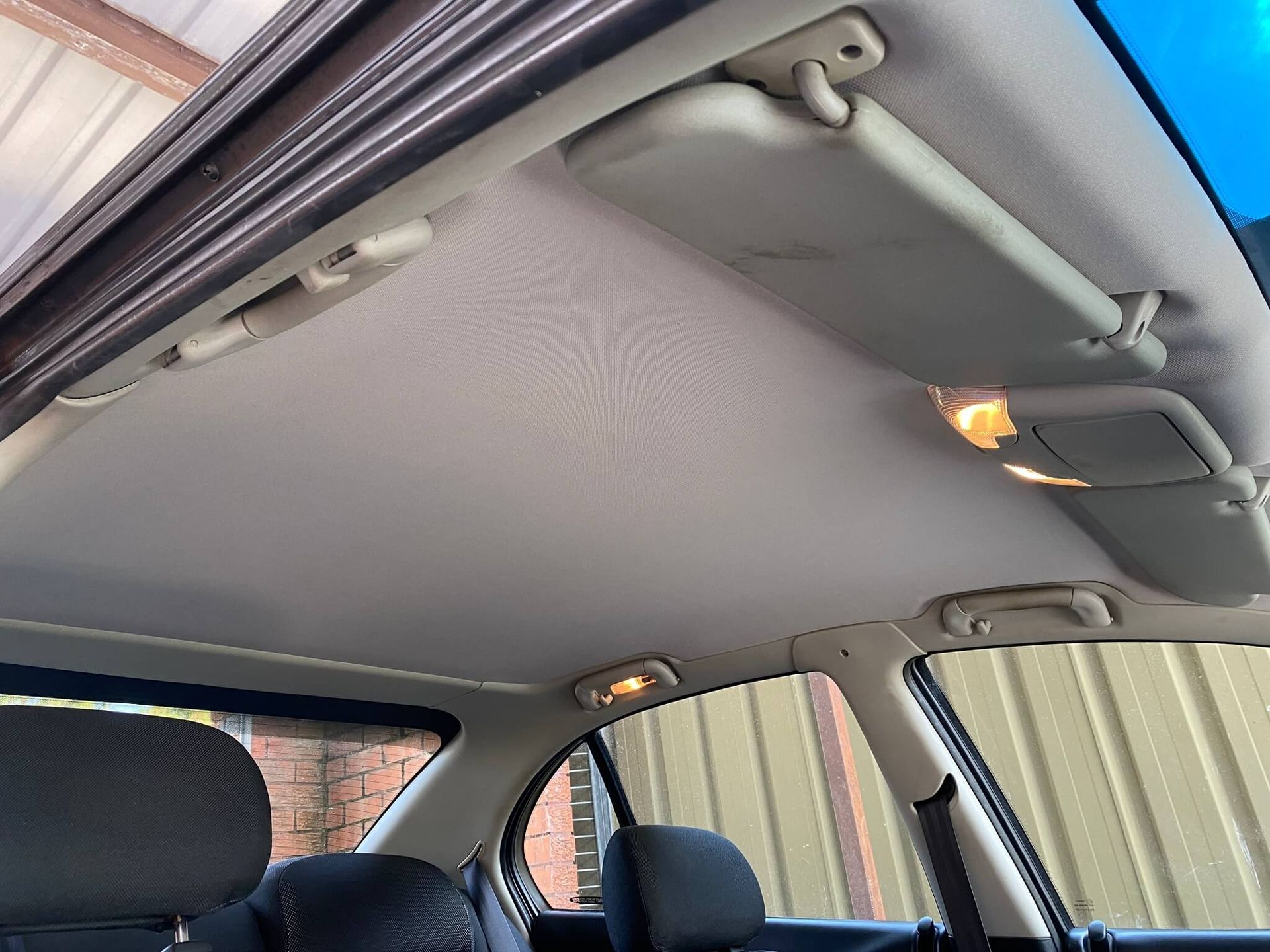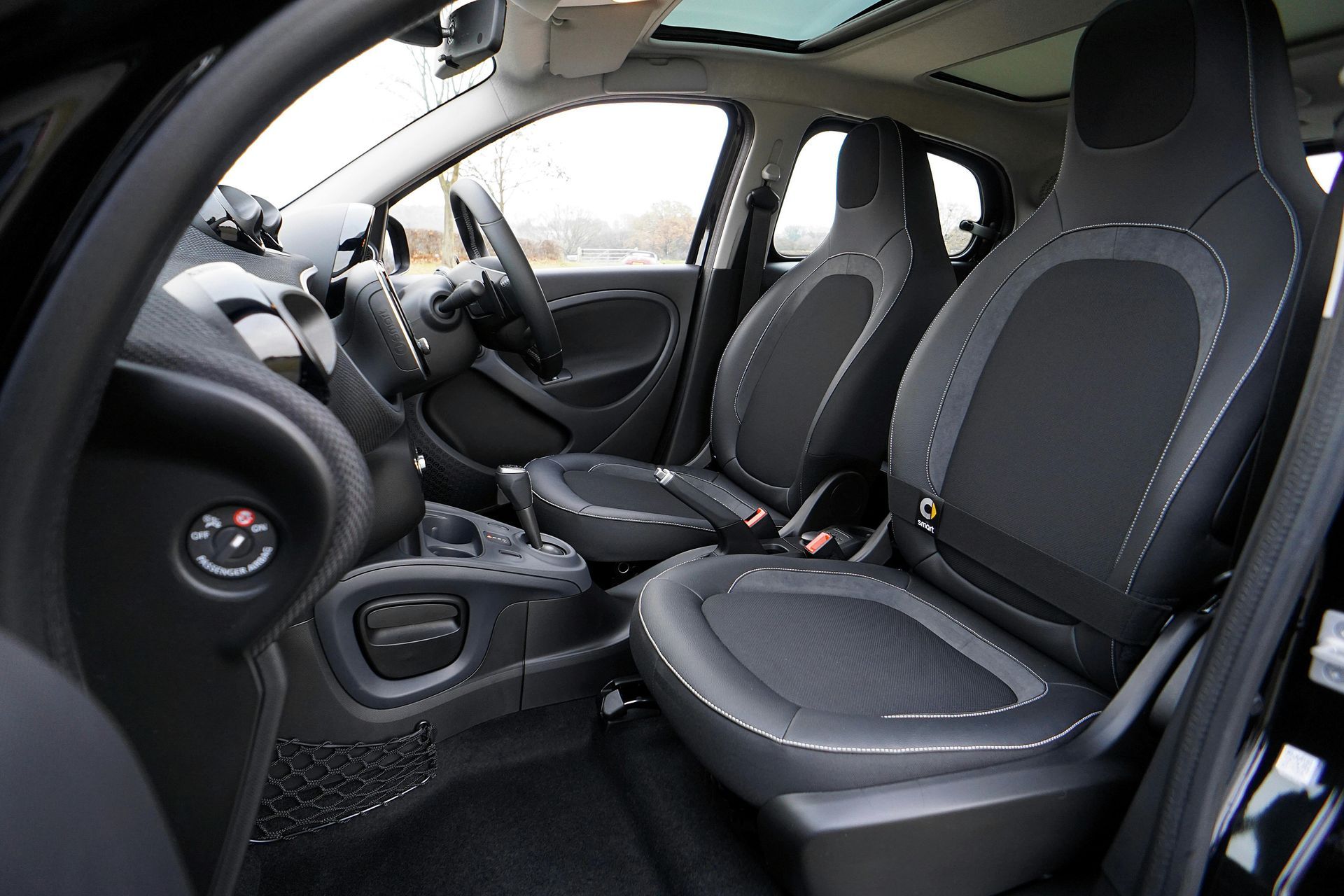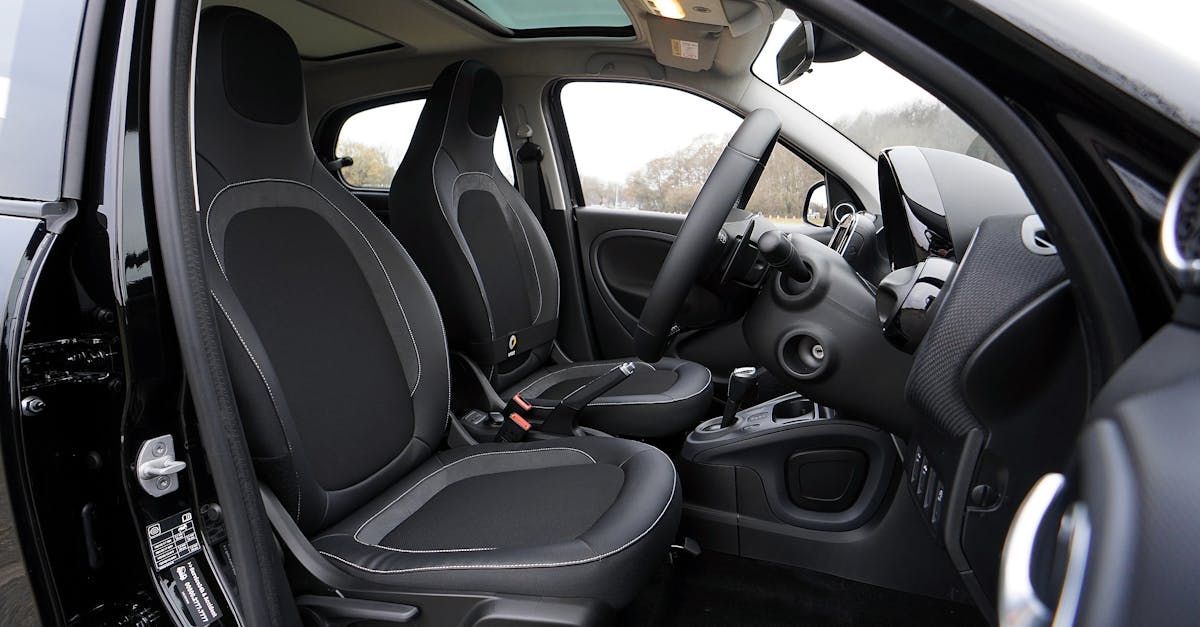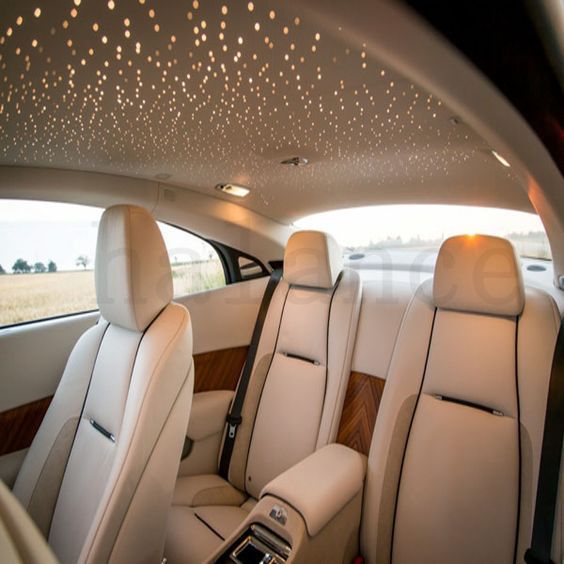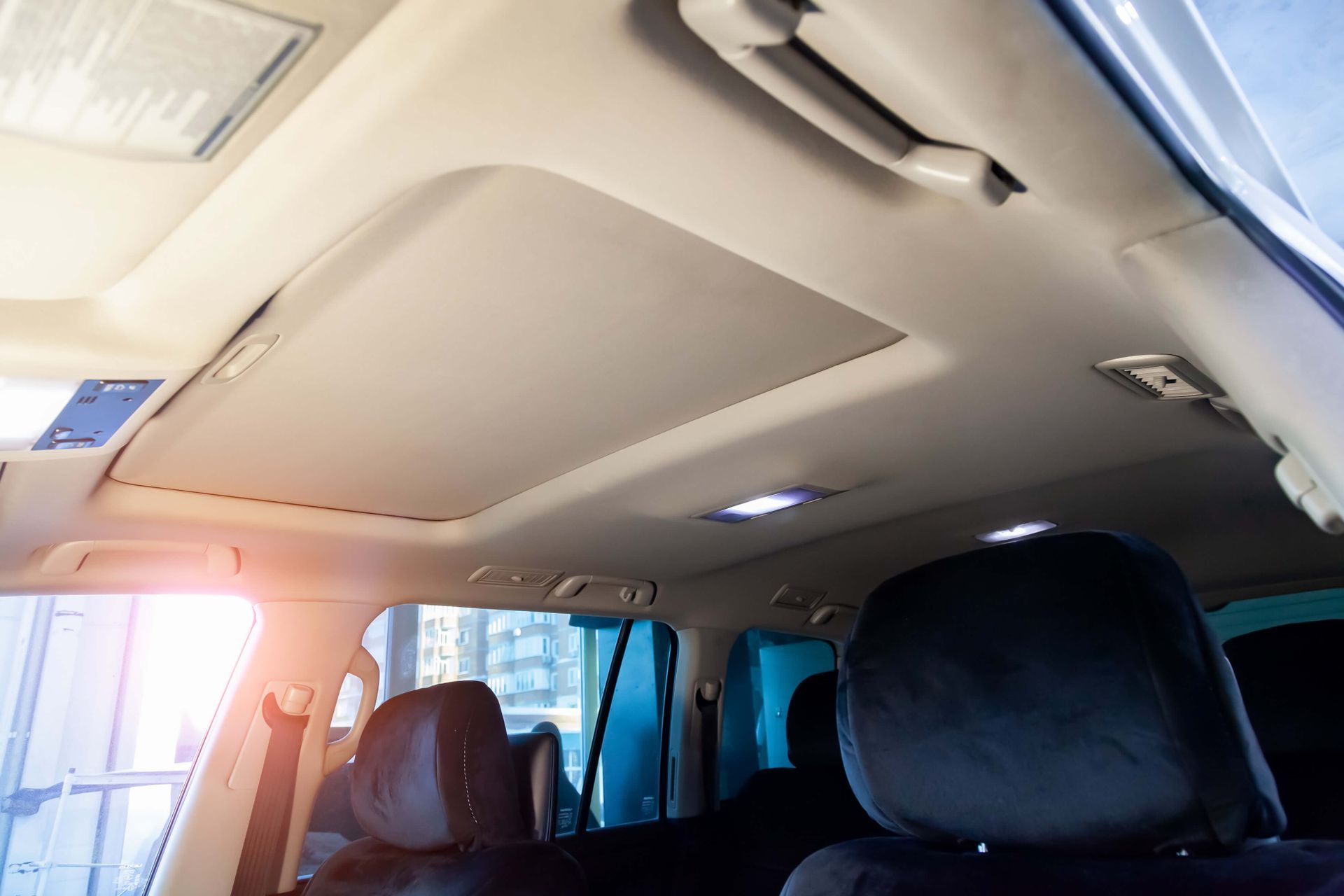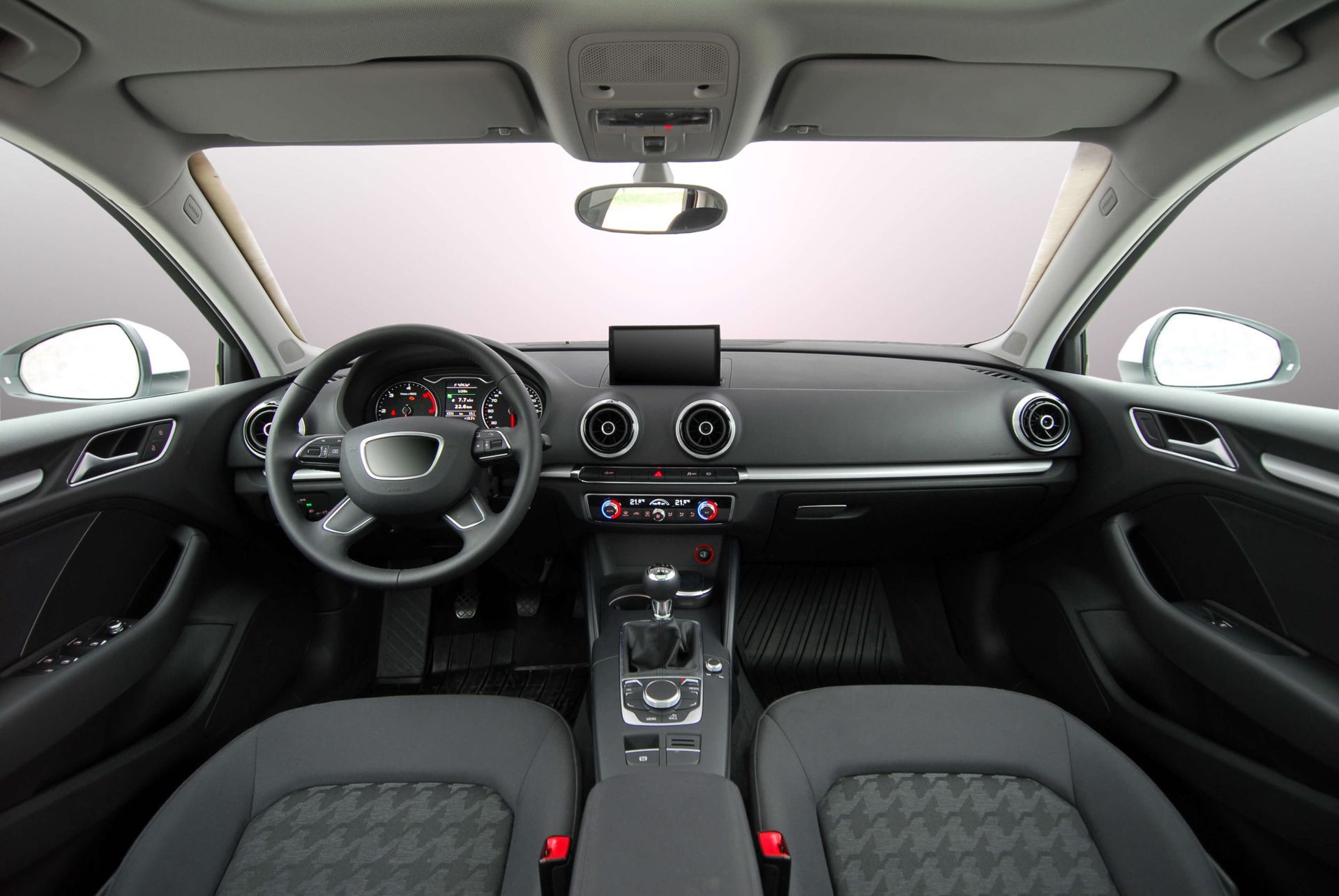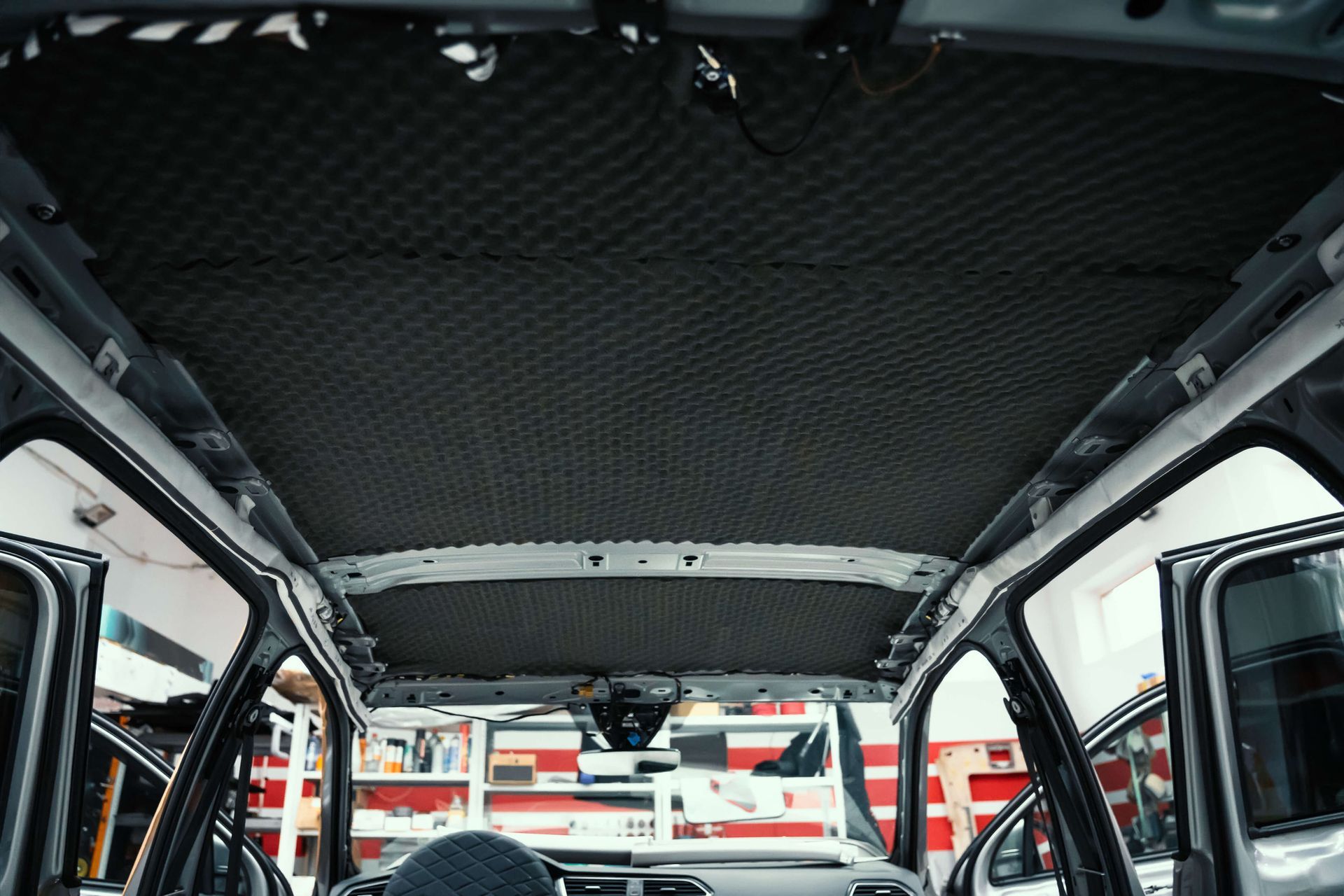The Unique Challenges of Convertible Roof Linings
Convertible vehicles offer a unique driving experience, combining the thrill of open-air travel with the comfort and luxury of a traditional car. The ability to seamlessly transition from a closed cabin to an open-top ride provides an unparalleled sense of freedom and connection to the surroundings. However, the very feature that makes convertibles so appealing is their retractable roof which also presents a set of unique challenges that owners must address to ensure their vehicle's longevity and aesthetic appeal. Unlike fixed roofs, convertible tops are exposed to the elements in ways that standard vehicles are not, leading to increased wear and tear. One of the most significant challenges is maintaining the integrity of the convertible roof lining, which plays a crucial role in protecting the interior, enhancing acoustics, and contributing to the overall driving experience. Without proper care, issues such as sagging, water leaks, and fabric deterioration can arise, detracting from the vehicle’s value and comfort. In this article we will look into the common problems associated with convertible roof linings.
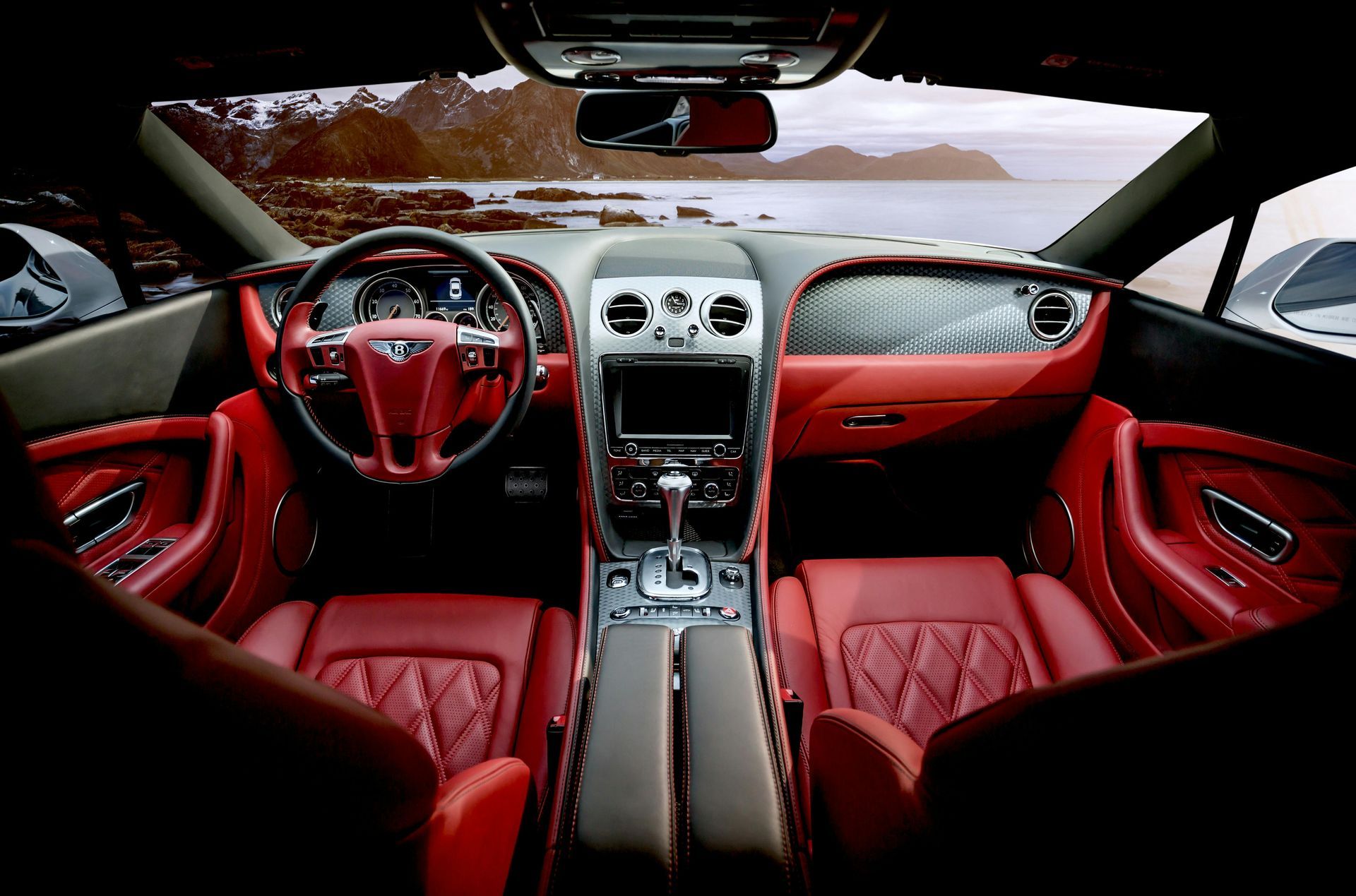
4 Challenges of a Convertible Roof Lining
The roof lining of a convertible is subject to more wear and tear than that of a standard vehicle due to its exposure to the elements and frequent movement. Unlike traditional fixed roofs, convertible tops are regularly retracted and extended, which subjects the roof lining to mechanical stress and environmental factors. This continuous movement can exacerbate issues such as fraying, wear on the fabric, and deterioration of the internal support structure. Furthermore, the convertible roof is often exposed to varying weather conditions, from intense sunlight to heavy rain, which can accelerate the degradation of both the fabric and the underlying materials.
1. Sagging and Detachment: Over time, the adhesive that holds the roof lining in place can weaken, leading to sagging or detachment. This problem is exacerbated in older convertibles where the adhesive has had years to degrade. High temperatures, especially in sunny climates, can cause the adhesive to break down more quickly as heat can soften or dry out the glue, making it less effective. Additionally, the constant flexing and movement of the roof during operation can further strain the adhesive bond. As a result, drivers may notice that the roof lining begins to droop or separate from the roof structure, creating an unsightly appearance and potential distractions while driving.
2. Water Leaks: Convertible tops are not as watertight as fixed roofs, making them more susceptible to leaks. Unlike standard roofs that have a rigid seal, convertible tops rely on fabric seals and weather stripping that can wear out or become compromised over time. Water can seep through the seams where the roof fabric meets the vehicle’s frame or around the edges if the seals are damaged or improperly aligned. These leaks can lead to water damage within the vehicle, including stained upholstery, musty odors, and potential electrical issues if water reaches the interior components. In addition, repeated exposure to moisture can exacerbate issues with mold and mildew.
3, Fading and Discoloration: Constant exposure to sunlight can cause the fabric of the roof lining to fade and discolor over time. UV rays from the sun can penetrate the fabric, causing it to lose its original color and luster. This fading effect is particularly noticeable in darker-colored fabrics, which show discoloration more prominently. UV rays can also weaken the fibers of the roof lining, making them more prone to tears and holes. Additionally, the accumulation of dust and environmental pollutants on the surface of the fabric can contribute to a dull appearance and further exacerbate the fading process.
4. Mold and Mildew: If a convertible is not properly sealed or is stored in a damp environment, moisture can accumulate within the roof lining, creating an ideal environment for mold and mildew growth. When a convertible top is not securely closed or if the seals and weather stripping are compromised, rainwater or humidity can infiltrate the roof lining. Additionally, improper storage, such as leaving the vehicle in a humid garage or under trees that collect moisture, can exacerbate the problem. Mold and mildew thrive in warm, moist conditions, and their presence can lead to unpleasant musty odors that permeate the vehicle’s interior. Over time, these fungal growths can deteriorate the fabric by causing it to weaken, discolor, and develop unsightly stains. Furthermore, mold and mildew can pose health risks, including respiratory issues, especially for individuals with allergies or sensitivities. Regular inspection and proper maintenance, including ensuring that the convertible top is securely closed and stored in a dry, well-ventilated area, are essential to prevent these issues.
Best Materials for Convertible Roof Liners
Choosing the right material for a convertible roof liner is crucial to ensuring its longevity and durability. The material must withstand the constant stress of the retractable mechanism, exposure to weather conditions, and the everyday wear and tear that comes with convertible ownership. Here are some of the best materials used for convertible roof linings, each with its own set of advantages and considerations:
Vinyl: Vinyl is a popular choice for convertible roof linings due to its water resistance, durability, and affordability. It is highly effective at repelling water, which helps prevent leaks and moisture damage. Vinyl is also relatively easy to clean, requiring only occasional wiping to maintain its appearance. It can withstand exposure to the elements, including UV rays and rain. However, vinyl can become brittle over time, particularly when exposed to extreme temperatures or prolonged sunlight. This brittleness can lead to cracking or peeling, especially if the vinyl is not properly maintained or if the vehicle is frequently exposed to harsh conditions. Additionally, vinyl may not provide the same level of insulation or noise reduction as some other materials.
Canvas: Canvas is another commonly used material, especially in luxury convertibles. Known for its durability and classic aesthetic, canvas is highly resistant to wear and can handle the stresses of frequent folding and unfolding. It offers good breathability and can provide a more premium look and feel compared to vinyl. However, canvas requires more maintenance to keep it in optimal condition. It is more susceptible to fading due to prolonged sun exposure, which can affect its appearance over time. Additionally, canvas is prone to absorbing water, which means it needs to be treated with water repellents to prevent mold and mildew growth. Regular cleaning and reapplication of protective coatings are necessary to maintain its performance and appearance.
Twillfast and Stayfast: Twillfast and Stayfast are high-quality materials used in many modern convertibles. They are known for their exceptional durability, UV resistance, and soundproofing properties. Twillfast, for example, is a tightly woven fabric that provides a smooth, durable finish and excellent protection against the elements. Stayfast, a variation of Twillfast, offers enhanced longevity and resistance to environmental factors. These materials are often used in premium vehicles due to their superior quality and performance. They are more resistant to fading and cracking compared to vinyl and canvas, making them a preferred choice for high-end models. However, they can be more expensive than other options and may require specialized installation.
Alcantara: Alcantara is a synthetic material that provides a luxurious, suede-like texture. It is lightweight, durable, and resistant to fading, making it an excellent choice for high-end convertible roof linings. Alcantara’s resistance to UV rays helps maintain its appearance and integrity over time, while its texture adds a touch of elegance to the interior. It is also more resistant to stains and can be easier to clean compared to some other fabrics. However, Alcantara is typically more expensive and may require specific cleaning products to maintain its quality. It may also not offer the same level of water resistance as vinyl or canvas, so additional treatments might be necessary to ensure it remains protected from moisture.
Expert Advice on Maintaining Convertible Roof Fabric
Maintaining the fabric of a convertible roof is essential to prevent issues such as sagging, fading, and mold growth. Here’s some expert advice on how to care for your convertible roof fabric:
Regular Cleaning: Regular cleaning is crucial to keeping the roof fabric in good condition. Use a soft brush to gently remove dust, dirt, and debris from the surface. For a deeper clean, apply a mild detergent mixed with water using a soft cloth or sponge, and avoid using harsh chemicals or abrasive cleaners that can damage or discolor the fabric. For stubborn stains, opt for a fabric cleaner specifically designed for convertible tops, which will be formulated to clean effectively without causing harm. Make sure to rinse thoroughly and allow the fabric to dry completely before retracting the roof to prevent moisture from getting trapped and potentially causing mold or mildew.
UV Protection: Protecting the fabric from UV rays is essential to prevent fading and weakening caused by sun exposure. Apply a UV protectant designed for automotive fabrics to create a protective layer that blocks harmful ultraviolet rays. This treatment helps maintain the fabric’s color and structural integrity, especially for vehicles frequently parked outdoors. Reapply the UV protectant as recommended by the manufacturer, typically every few months or as needed, to ensure ongoing protection. This preventative measure can significantly extend the life of the roof fabric and keep it looking new for longer.
Proper Storage: If you live in an area with harsh winters or extreme weather conditions, consider storing your convertible indoors during these periods to protect the roof fabric from potential damage. Harsh weather elements such as snow, ice, and heavy rain can accelerate wear and tear on the fabric, leading to issues like deterioration, mold growth, or even structural damage. If indoor storage is not an option, using a high-quality car cover designed for convertibles can provide an additional layer of protection against the elements. Make sure the cover is breathable to prevent moisture buildup underneath, which can contribute to mold and mildew growth. Additionally, ensure that the convertible top is fully closed and secured before storage to prevent water ingress and minimize exposure to environmental stressors.
Inspect Seals: Regularly inspecting the seals around the convertible roof is crucial for maintaining a watertight and well-protected interior. Check the seals for any signs of wear, such as cracks, tears, or gaps, which can compromise their effectiveness. Pay particular attention to the areas where the roof meets the vehicle's frame, as these are common points for potential leaks. If you notice any damage or degradation, replace the worn seals promptly to prevent water from seeping into the vehicle. Properly functioning seals are essential not only for preventing leaks but also for ensuring that the roof closes tightly, which helps reduce wind noise and maintain the vehicle’s overall insulation. Regular maintenance of these seals can prevent more significant issues and help preserve the interior and fabric of your convertible roof.
Prompt Repairs: Addressing issues with the roof lining as soon as they arise is crucial to preventing minor problems from escalating into more significant and costly repairs. Small tears, leaks, or sagging should be repaired promptly to avoid further damage. For minor tears, use a fabric repair kit or adhesive patch designed for convertible tops to seal the damage before it expands. Small leaks can often be fixed with sealant or by applying a waterproof treatment to the affected area. For sagging roof linings, reapplying adhesive or using a support rod can help restore the fabric’s proper positioning. Ignoring these issues can lead to more extensive damage, such as mold growth or structural degradation, which can significantly increase repair costs and potentially affect the vehicle’s value. Regular inspections and immediate action on any signs of wear or
damage help maintain the integrity of the roof lining and ensure a longer lifespan for the convertible top.
Conclusion
While convertible roof linings do present unique challenges, addressing common issues like sagging, leaks, and fading with the right materials and maintenance practices can keep your convertible in excellent condition. By choosing appropriate materials, applying protective treatments, and performing timely repairs, you can manage the wear and tear associated with convertible tops. Whether opting for minor DIY fixes or a full refurbishment, there are cost-effective solutions to fit every budget, ensuring your convertible remains a stylish and enjoyable vehicle for years to come.
About SYD Roof Linings
Looking to restore the roof of your cherished vehicle? At SYD Roof Linings, we provide a comprehensive range of roof lining services for all makes and models. Our skilled and passionate team is dedicated to delivering exceptional workmanship tailored to your specific needs. Whether you require re-sheeting, padding replacement, or trimming repairs, we can help rejuvenate your car’s interior to its original showroom quality.
From updating colors to creating fully custom designs, we offer solutions that enhance your vehicle’s upholstery without breaking the bank. Trust us to return your car with a refreshed interior that looks and feels brand new, perfect for any occasion. Contact SYD Roof Linings today to experience the top-notch service from Sydney’s leading car roof lining experts.
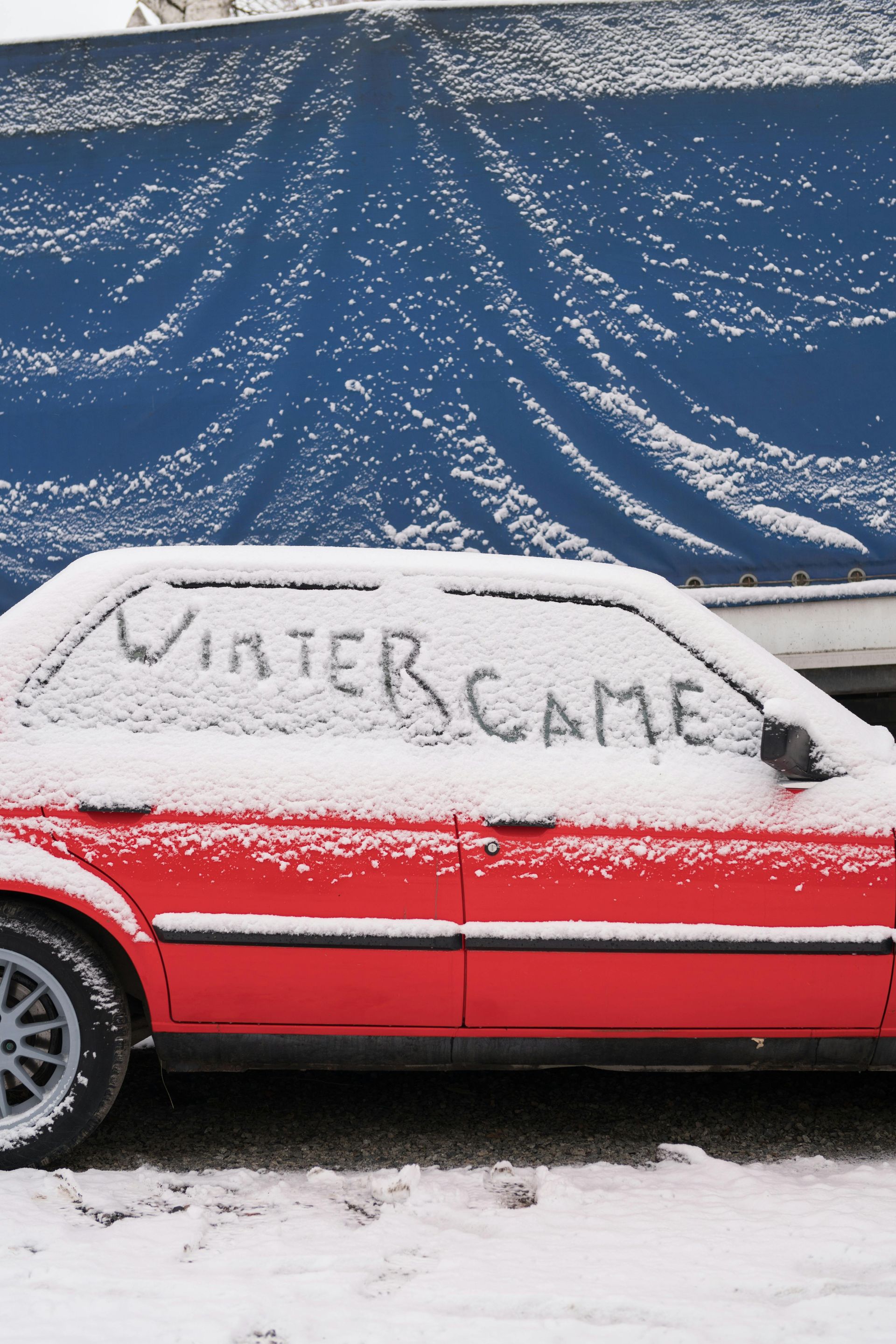
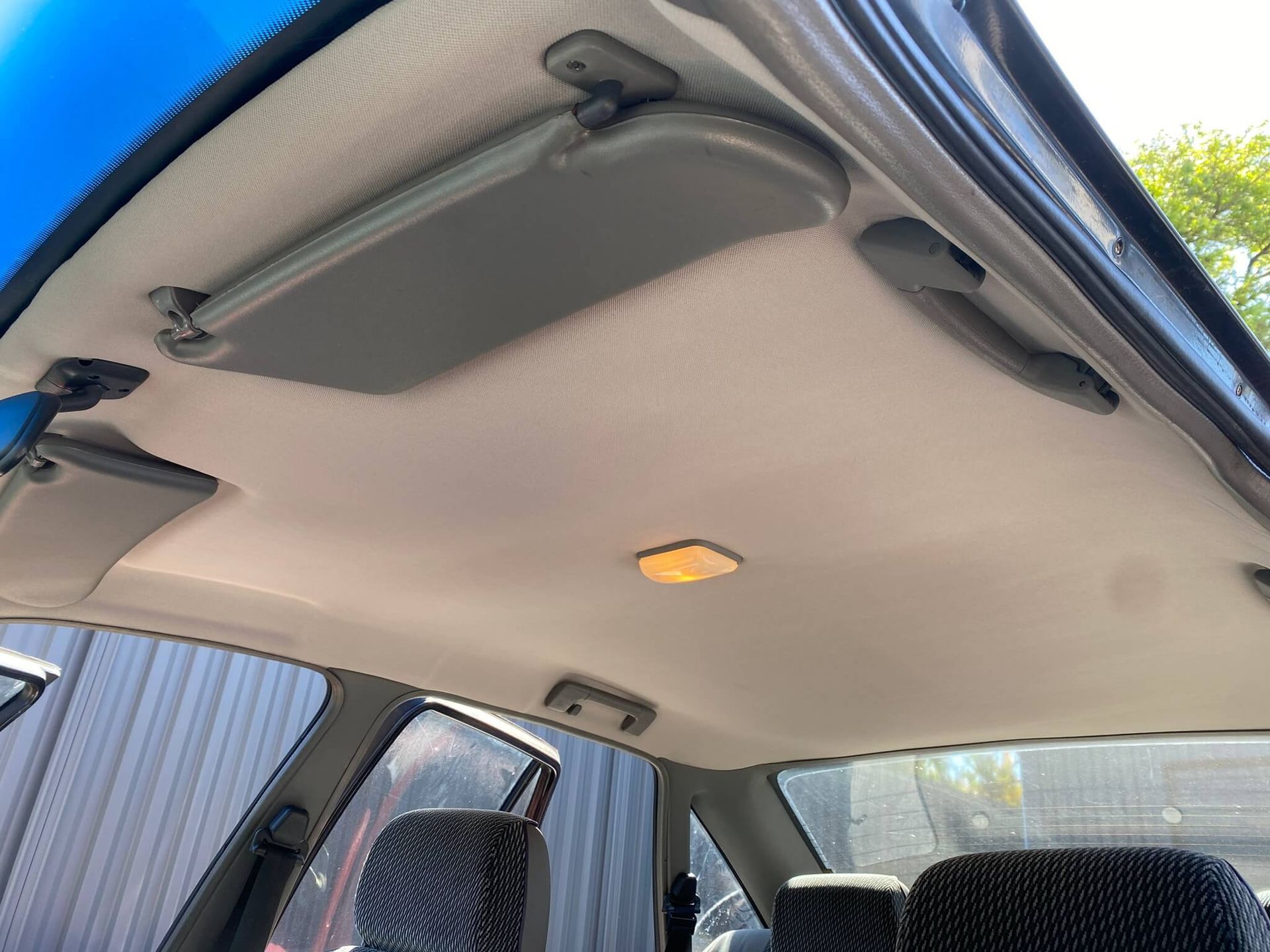
BROWSE OUR WEBSITE
LIST OF SERVICES
All Rights Reserved | SYD Roof Linings
Website & SEO By M.Z Digital

